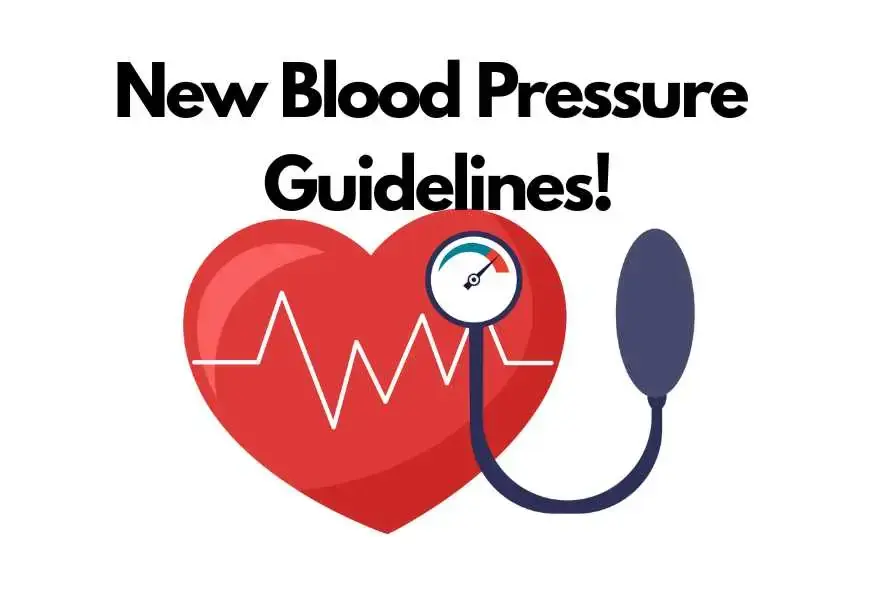New Blood Pressure Guidelines: A Path to Healthier Lives
Estimated reading time: 3 minutes
The American Heart Association (AHA) recently updated its guidelines for managing high blood pressure (hypertension), and these changes are important for everyone, including teenagers. Although people usually associate hypertension with adults, you can make informed choices about your heart health from a young age by understanding these new guidelines. These guidelines emphasize prevention and early intervention, strategies vital for maintaining long-term health.
Understanding the New Blood Pressure Categories
Blood pressure is measured as two numbers: systolic (the top number, representing pressure when the heart beats) and diastolic (the bottom number, representing pressure when the heart rests). Previously, a reading of 130/90 mmHg was considered high. However, the AHA has lowered the threshold. Now, a reading below 120/80 mmHg is considered normal. Importantly, even slightly elevated readings (120-129 systolic and below 80 diastolic) are now flagged as needing attention.
What do the new categories mean?
The new categories are:
- Normal: Less than 120/80 mmHg
- Elevated: 120-129 systolic and less than 80 diastolic
- Stage 1 Hypertension: 130-139 systolic or 80-89 diastolic
- Stage 2 Hypertension: 140 mmHg systolic or higher, or 90 mmHg diastolic or higher
These changes highlight the importance of monitoring your high blood pressure levels even if it’s currently within the normal range. Regular check-ups and lifestyle adjustments are key.
Also Read: Blood Sugar monitors, do you really need them?
Preventing and Managing High Blood Pressure Levels
Furthermore, the updated guidelines strongly emphasize lifestyle changes as the first line of defense against high blood pressure. Prevention is key, and even small changes can make a big difference. This includes adopting a healthy diet low in sodium and rich in fruits, vegetables, and whole grains (like the DASH diet). Regular physical activity (at least 75-150 minutes per week), stress management techniques (yoga, meditation), and quitting smoking or limiting alcohol consumption are also crucial.
When Should You See a Doctor?
If your blood pressure falls into the elevated or hypertensive ranges, it’s crucial to consult a doctor. They can help you develop a personalized management plan, which may include medication in addition to lifestyle changes. Early intervention is vital for preventing future health complications.
Important Tests
The new guidelines recommend additional testing for those with Stage 2 hypertension or other risk factors. These tests may include liver and kidney function tests, as well as assessments of hormone levels and kidney health. These additional tests allow doctors to provide a more tailored approach to managing high blood pressure.
Understanding and acting on these revised guidelines is a critical step towards safeguarding your long-term heart health. Remember, even teenagers can benefit from adopting healthy lifestyle habits.
Additionally, to stay updated with the latest developments in STEM research, visit ENTECH Online. Basically, this is our digital magazine for science, technology, engineering, and mathematics. Furthermore, at ENTECH Online, you’ll find a wealth of information.
Disclaimer: We do not intend this article/blog post to provide professional, technical, or medical advice. Therefore, please consult a healthcare professional before making any changes to your diet or lifestyle. In fact, we only use AI-generated images for illustration and decoration. Their accuracy, quality, and appropriateness can differ. So, users should avoid making decisions or assumptions based only on the text and images.





